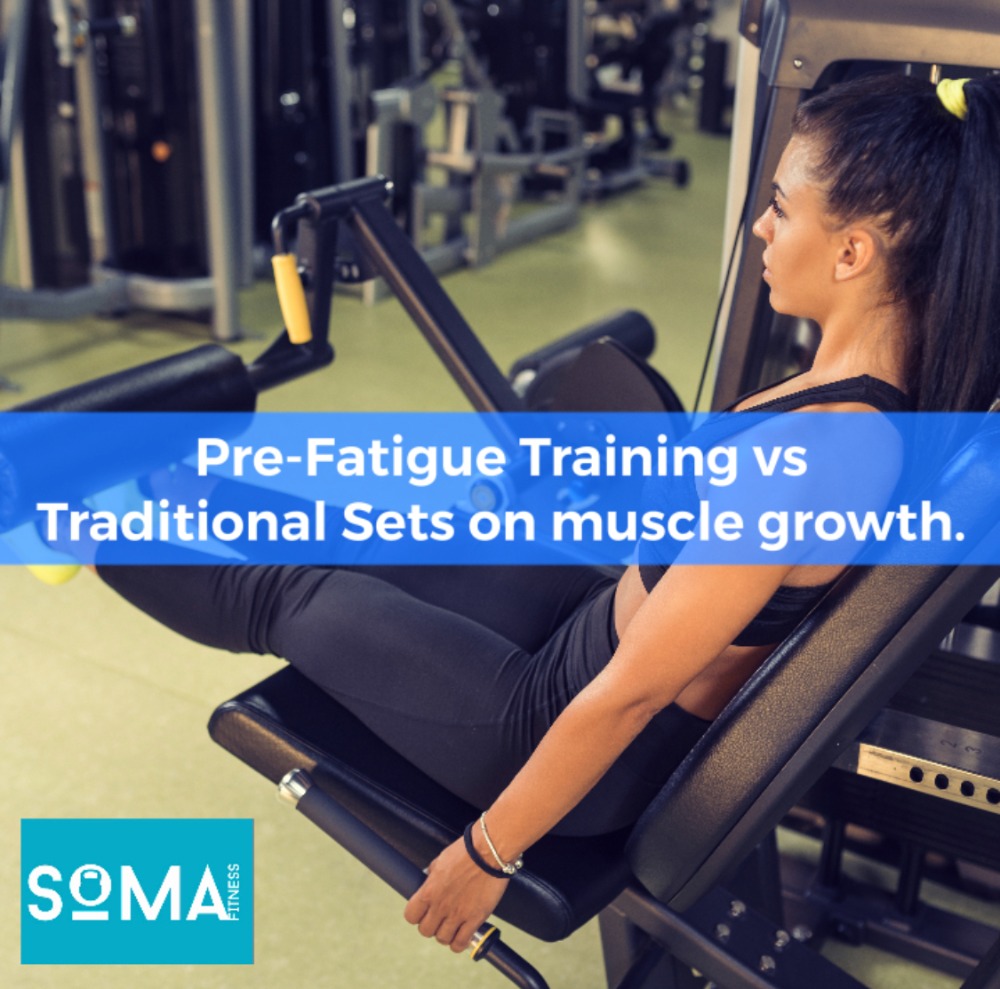
With Christmas only 6 weeks away, celebrations are fast approaching. Most people will spend their time going out more and enjoying themselves and as Christmas only comes around once every year it’s important we all enjoy ourselves. However, the last thing people will want to do is to undo the hard work they have done in the gym and leave themselves with an uphill battle to climb when January comes around. Therefore, this article will go into ways in which you can still derive all the enjoyment from Christmas festivities, without derailing the progress you have made towards your fitness goals.
Firstly, you need to establish the mind-set you are going to adopt. Broadly speaking, there’s three to choose from. Firstly, there’s the athlete’s mind-set whereby you don’t derail from your diet or training regime at all. On paper, this is the best approach everyone. However, in practicality, the majority of people will not be able to adopt this approach because of the increased amount of socialising that Christmas brings which limits time being spent in the gym, as well as not having access to the foods on their meal plan.
On the other end of the spectrum, many will choose to completely drop fitness as a priority and choose to enjoy themselves by any means necessary. Although this is the more fun approach in the moment, it can leave people feeling really down about losing their way when January come around.
The third approach, is to enjoy yourself whilst making small adjustments to your Christmas plans in order to not regress over the next couple of months. What this approach looks like will differ between individual’s due to the varying levels of sacrifice people are willing to make in order to stay in shape over Christmas. Below we will discuss ways in which you can alter your plans to suit your fitness goals. The extent to which you apply these to your lives will be dependent on the amount of sacrifice you see as sustainable and enjoyable for yourself.
The first alteration we can make is with nutrition. With many people indulging in high calorie, low nutrient based foods over Christmas, the first thing you should have in mind is to still prioritise protein in each meal. This will help you maintain muscle mass, as well as making you feel full, to help prevent overeating on that box of Celebrations lying around. What this looks like in practice is sorting the protein source in each meal out first. For example, when Christmas dinner comes, fill half your plate with a portion of turkey leaving less space to fill up on the extras such as roast potatoes, stuffing and Yorkshire pudding. This ensures adequate protein is being taken in, whilst still being able to enjoy the other parts of Christmas dinner with less chance of over consumption due to less space on the plate.
Next, we can opt for lower calorie options of certain foods and drinks. For this we need to identify the calorie dense items of food and drink and make switches which you are happy to settle for. For example, you may find yourself going out drinking more over the Christmas period. A typical alcoholic drink for winter is Bailey’s and the number of calories in a 250ml glass of this is 437kcal. This is over 4 times the number of calories found in a single gin and tonic (96kcal). Although this is an extreme comparison, even consuming 100-200kcal less with each drink can be the deciding factor on keeping your calories near maintenance when having multiple drinks in one sitting. The same can be done for food. If you wish to indulge in ice cream as a Christmas treat, 460ml of Haagen Dazs salted caramel is 1309kcal whereas Halo salted caramel of the same size works is just 320kcal, a 1000kcal saving on snacks which are essentially identical.
Planning ahead with your training is also going to be key. It’s normal to not be able to maintain 3+ sessions a week if you are travelling and with family in other parts of the country. However, training a muscle group just 5 working sets per week will maintain the size of the muscle for an extended period of time. Therefore, if you can find it in your schedule to fit this in, then that is going to go a long way in terms of maintaining your progress and prevent the consequences of ceasing to train altogether such as losses in muscle mass and strength.
Finally, many of us will cease work for 1-2 weeks over Christmas. Therefore, planning to use some of this added time with physical activity with family can significantly help increase one’s energy expenditure for the day. For instance, choosing to go out on a long walk in the countryside during the day instead of sitting down inside is a hugely positive action to take. This will also make it a lot easier to transition back into regular training, should you have to stop training due to travelling or other social events over the festive period.
In conclusion, I hope that the several lifestyle tweaks discussed in this article have given insight into how small changes can produce big results in ensuring that you start January in a really good place with your fitness whilst still being able to enjoy Christmas the way you want to. If you are hiring a personal trainer it might be worth sitting down together to plan your Christmas strategy so you can hit the ground running come January.




 When we exercise, our bodies require energy to cause our muscles to contract, resulting in movement, cardiac muscle to contract more frequently and powerfully to increase blood flow and smooth muscle, such as the muscles in our respiratory system, to increase the amount of oxygen we take into our bodies. Energy can otherwise be called Adenosine Triphosphate (1 molecule of adenosine and three molecules of phosphate) or ATP for short. The body has 3 systems that it can create ATP from and, although we always use all 3 simultaneously, there will always be one system that is much more predominant than the others, based upon the activity and environment you’re in. This article will go more in-depth about the ATP-PC system or Alactic System and also how you can focus you’re training to improve its efficiency to further benefit your performance in the gym.
When we exercise, our bodies require energy to cause our muscles to contract, resulting in movement, cardiac muscle to contract more frequently and powerfully to increase blood flow and smooth muscle, such as the muscles in our respiratory system, to increase the amount of oxygen we take into our bodies. Energy can otherwise be called Adenosine Triphosphate (1 molecule of adenosine and three molecules of phosphate) or ATP for short. The body has 3 systems that it can create ATP from and, although we always use all 3 simultaneously, there will always be one system that is much more predominant than the others, based upon the activity and environment you’re in. This article will go more in-depth about the ATP-PC system or Alactic System and also how you can focus you’re training to improve its efficiency to further benefit your performance in the gym.





Recent Comments